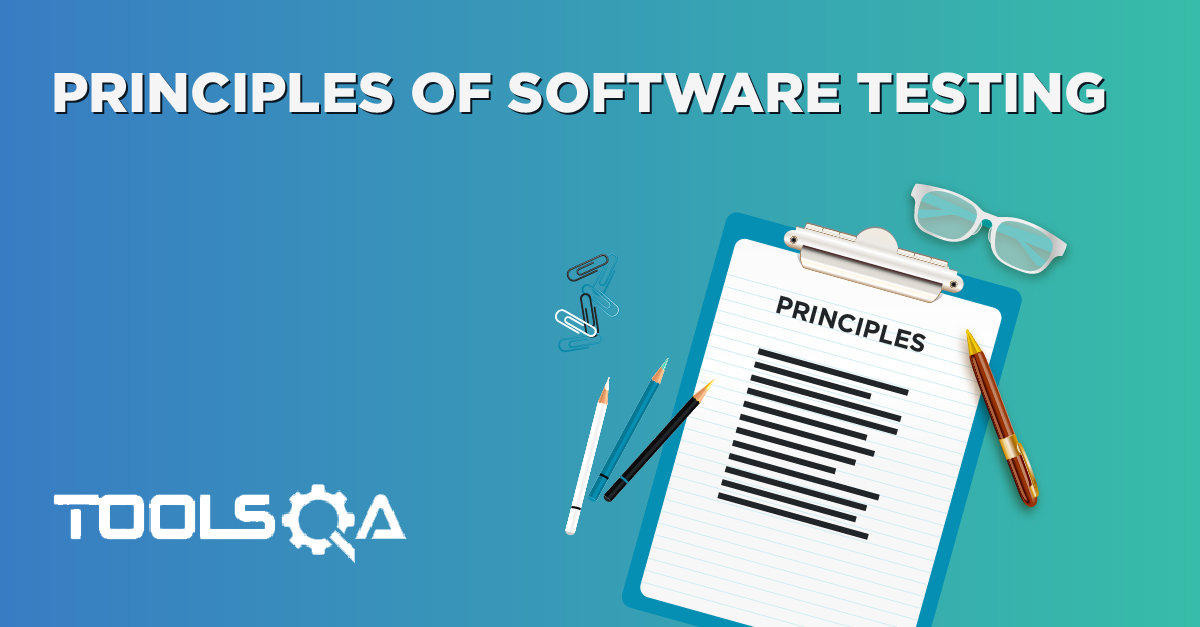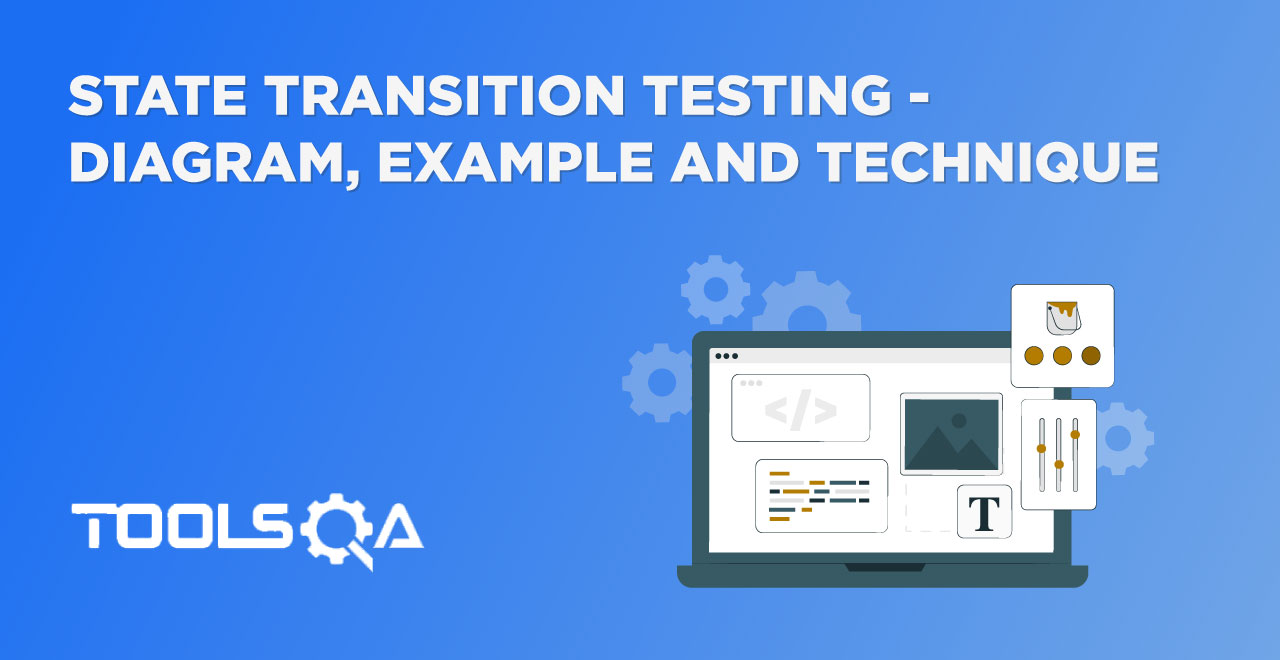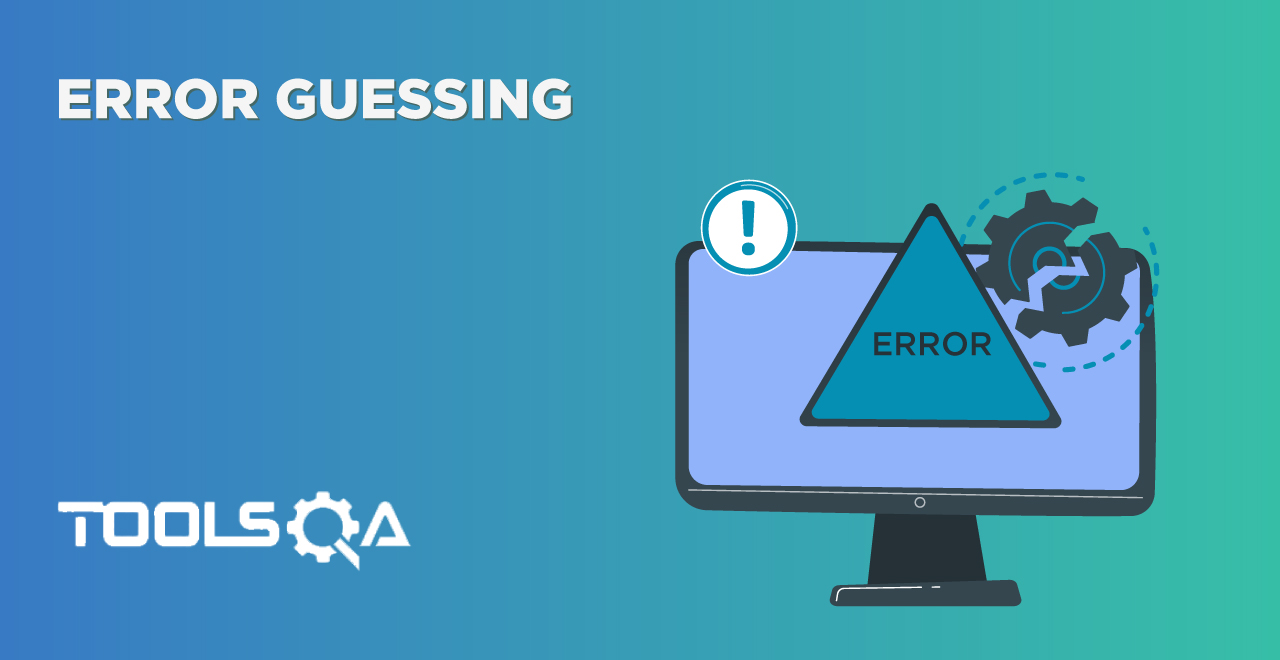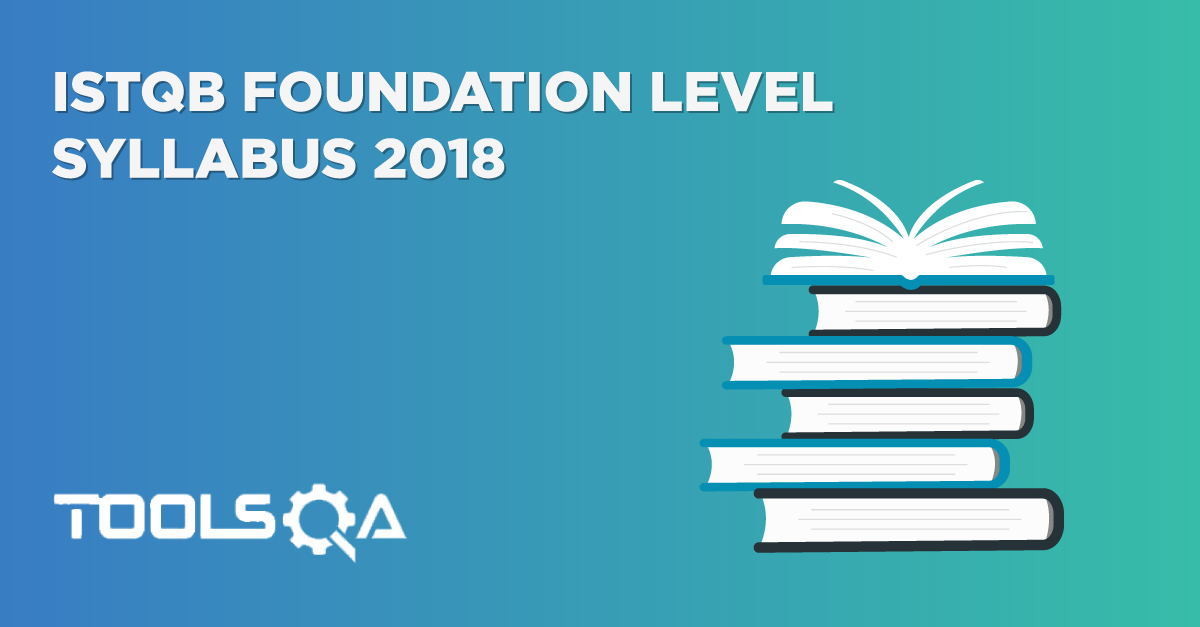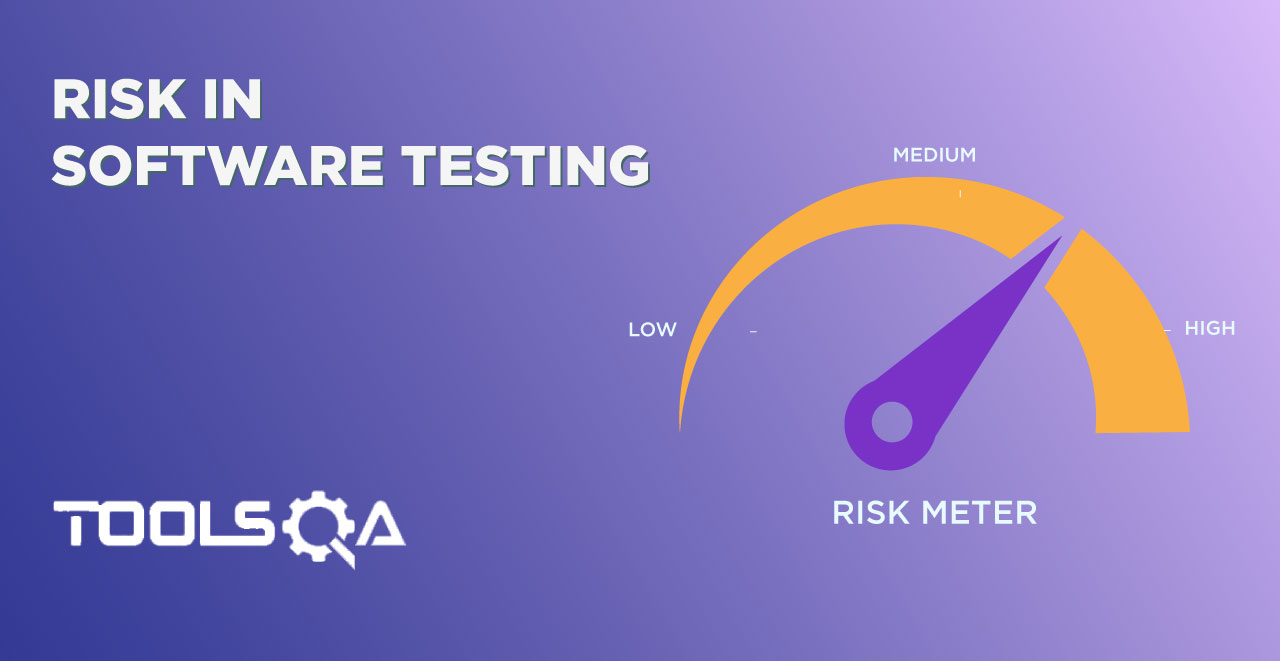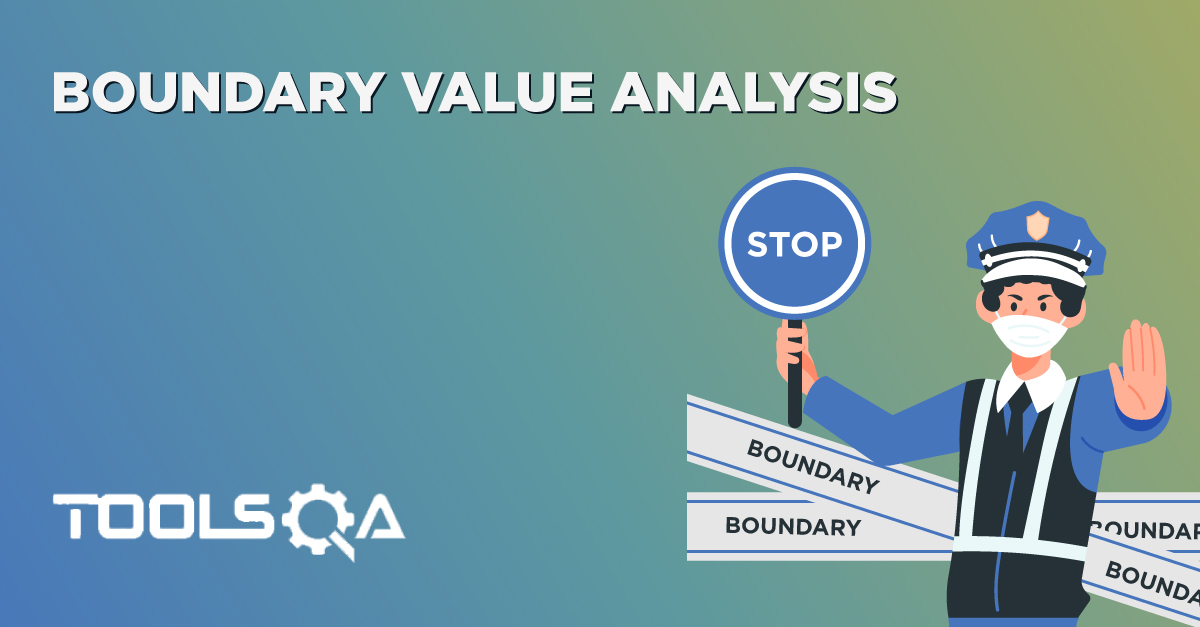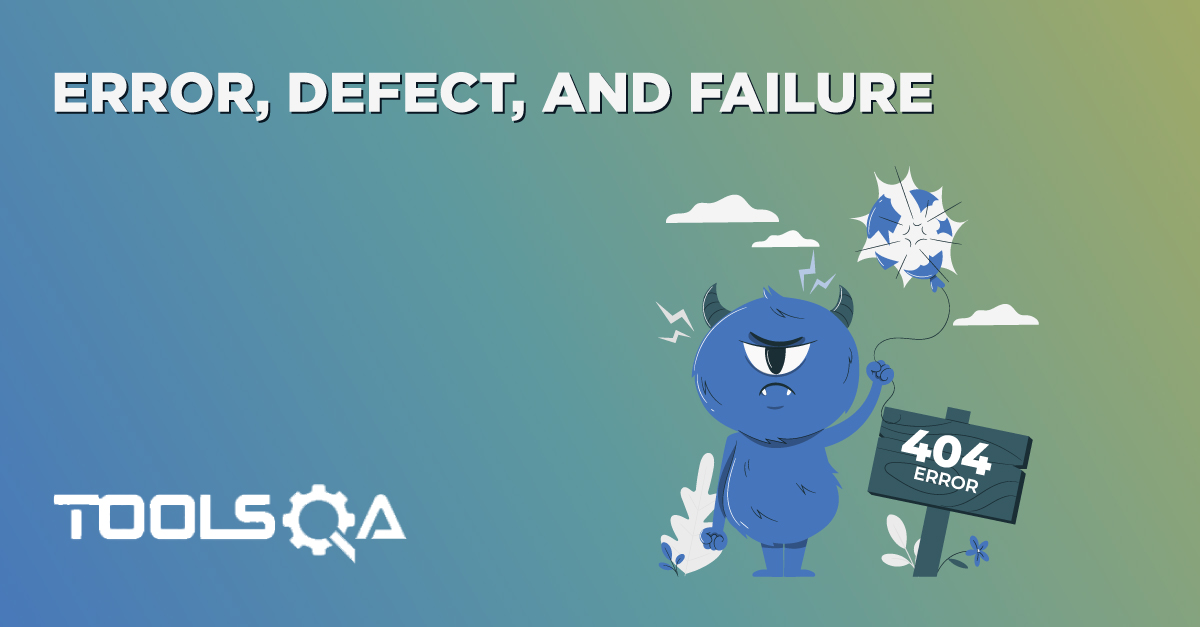The popular belief among the masses is that the testing phase completes once we finish the test execution across different test levels (Component Testing, Integration Testing, System Testing, and [UAT Testing](https://www.toolsqa.com/software-testing/user- acceptance-testing-uat/). However, testing is much more than merely moving from one test level to another. Following a defined process to close testing for a test level or overall testing takes place. Let's go in detail on the process involved for test completion.
We will focus on the following points in this article:
- What Do You Understand by Test Completion Activities?
- What are the Test Completion Work Products?
- Test Completion Criteria for Test Levels
What Do You Understand by Test Completion Activities?
Test Completion is the last stage of the software testing life cycle. It results in a report that is a Test manager or a Test lead prepares that showcases the completed data from the test execution.
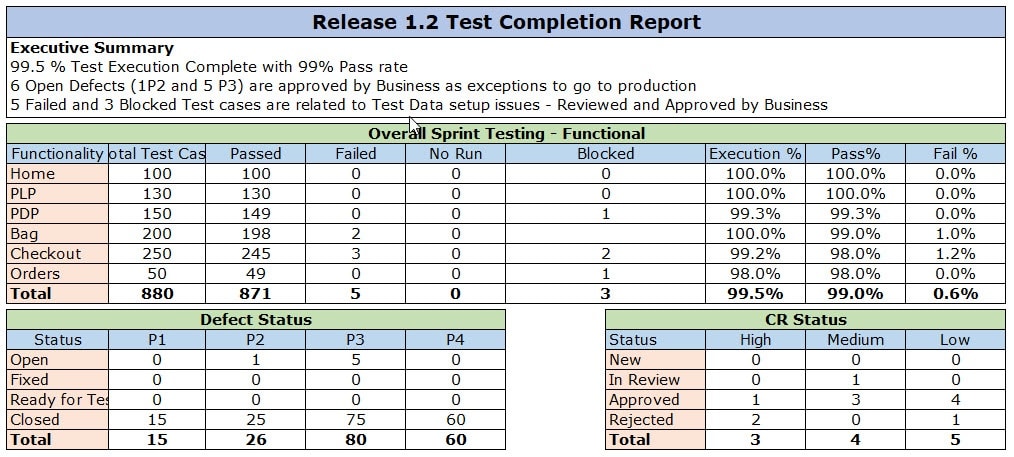
Let's understand the key activities carried out in test closure.
- First is checking whether all reported defects reach a closure. The open ones should either be classified as a change request or get explicit approval from product owners that the software can go live with these open defects.
- Second is creating a test summary report & communicating it to stakeholders. It gives a high-level overview of all the testing performed and their results.
- Next comes finalizing and archiving the test environment, the test data, the test infrastructure, and other test ware for later reuse. It can include test data refresh so that other projects use this environment.
- After this, handing over the testware to the maintenance teams, other project teams, and stakeholders who could benefit from its use occurs. Once the project completes, handing over of testware like automation suite to maintenance teams happens so they can benefit from it.
- In addition to the above, analyzing lessons learned from the finished test activities to determine changes needed for future iterations, releases, and projects happens. The lessons learned could be a lack of test coverage, quality of test cases, or lack of unit test coverage.
- Moreover, using the information collected to improve test process maturity happens. It could be a test case review process with product owners. It additionally ensures that test coverage is increased based on UAT or production defect leakage.
What are the Test Completion Work Products?
Work products are the output of test activity. Now that we have learned about the different activities that execute in test completion. We will now review the work products that are the creation of these activities.
- Test summary reports: One of the critical outcomes of the Test Completion phase is the test summary report. This report is the summary of all the testing efforts which execute during the testing process. The summary report is a crucial input to the stakeholders to determine the amount of testing accomplished. In addition to that, it also analyzes the unattended risks and issues. It helps them to make informed decisions about the software (E.g., whether to take the software to production or not).
- Change Requests or Product Backlog Items: If there are defects that don't fix in a release, they push to Product Backlog. In some cases, there are defects/functionalities which went undefined in requirements. Therefore, these require considering them as Change Requests.
- Action Items for the improvement of subsequent projects or iterations: One of the essential aspects of Test Completion activities is that it offers the opportunity to evaluate and record several lessons learned from the software testing process, as well as the software development life cycle (SDLC). From discussing best practices and effective methods for eliminating various ineffective processes, considering all these for future reference becomes imperative, so the next release should not repeat the same mistakes.
- Finalized testware: Finally, in this phase, finalization & archiving of all relevant test work products and documents, such as test records, test reports, test cases, test results, test plans take place.
Test Completion Criteria for Test Levels
Usually, there is a misconception that test completion occurs when the testing phase is complete. In addition to this, it's considered that it's a final report. Which, in turn, needs to get testing sign-off before we go to production. However, test completion can occur at different project/test milestones. Let's have a look at test completion criteria at different Test Levels.
- Completion of Sprint/Agile Iteration: Once the sprint finishes, the testing of the stories planned in the sprint also needs to complete within the sprint timelines. Often, there are outstanding defects or dependencies that remain unresolved within the sprint timelines. Therefore, it leads to testing spill over to the next sprint. A test completion report at the sprint level is a concise report. This report calls out the open defects/dependencies and failed/blocked test cases that can't execute in the sprint. Based on this data, the Scrum Master decides whether to close the story (by taking exception from the product owner), or the story will carry over to the next sprint. This discussion can happen on the last day of Sprint, or as part of the Sprint retrospective meeting.
- Test Level Completion: You would already know by now that we have different test levels that are used to certify software from a testing perspective. These are Component Testing, Integration Testing, System Testing, and User Acceptance Testing. You can read our article on test levels if these are new terms for you. There is a defined process and criteria that govern whether we can move from one test level to another. Its captured as part of the test closure report for that test level.
- Component Testing: Test closure at component testing usually has a limitation of getting the unit test case coverage. Additionally, it ensures there are no critical defects that will impact component integration testing. Test strategy governs the percentage of unit test coverage, and usually, kept at greater than 80%.
- Component Integration Testing: Test closure at this level calls out the integrated components whose testing finishes (E.g., Cart with Address validation, Checkout with payment gateway, etc.). If the testing of all the integrated components completes, and there are no critical defects, then the testing moves to the next test level. This level is referred to as System testing.
- System Testing: As system testing is the last level of testing before we give it to customers for user acceptance, the closure report is detailed. Usually, the test strategy defines the KPI (Key Performance Indicators) that needs to meet before we can exit System testing successfully. A Sample KPI looks like below.
- 100% System Test Execution
- 95% Pass Rate
- 0 P1/P2 Defects and less than 50 P3/P4
- Cross-Browser / Cross-Device testing is complete with >90% pass rate
- Accessibility Testing is complete
- Analytics Testing is complete
- Performance Testing is complete with acceptable and agreed issues
- Security testing is complete, and no major defect pending
As you can see, there are several KPI that require tracking for completion of System testing. Therefore, the test closure report is pretty comprehensive. Presenting this report to business stakeholders happens, and based on the results; they decide whether User Acceptance testing can start or not.
- User Acceptance Testing: This is the last test level before the software goes to production. The test completion report usually contains the execution status and open defects. This report determines whether the software release can happen to production.
- Maintenance Release Completion: For maintenance releases, we usually don't have comprehensive testing done, and a test completion report could call the new features added, and the corresponding testing happens for that along with open defects.
- Test Project Cancellation: In rare circumstances, a test project could get canceled or deferred, usually due to software no longer required or strategic decision by the business. In such cases, the closure report calls out the completed testing so far, and defects, and open dependencies. The completion report helps to ensure that when the project restarts, we don't have to start from scratch.
As we have seen, the test completion is an important activity. It additionally determines the readiness of software at each test level. The completion report ensures transparency with stakeholders so they can make informed decisions about the software.
